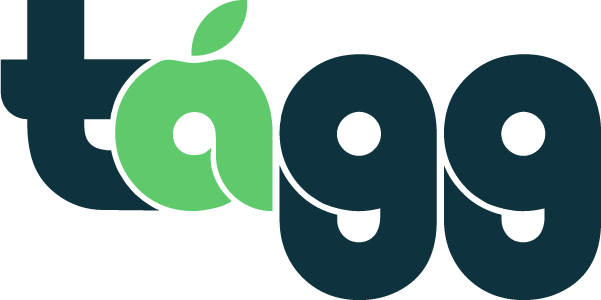
What Schools Are Doing
To most schools nationwide, the substitute teacher crisis is not new. In fact, a majority of districts across the country struggled to maintain a steady supply of subs even before the pandemic started. According to a survey conducted by EdWeek Research Center, just 54% of about 250,000 teacher vacancies were filled each day in 2019.
On top of that, enrollment in teacher prep programs has decreased over the last ten years while the number of available teaching positions has steadily increased. This problem has only be compounded by the emergence of COVID-19.
Retired educators, who many districts previously relied on for their substitute teaching needs, have stopped subbing because they don’t want to risk severe infection. Parents have also stopped covering teacher absences in order to stay home with their kids, many of whom are on a hybrid schedule.
Additionally, schools have had to follow public health guidelines requiring teachers to quarantine after any potential exposure, increasing classroom vacancies. These extensive absences coupled with a lack of supply has forced some districts to get creative.
An article published this week by NBC highlighted how a barrel company’s employees are helping a district in Missouri by substitute teaching once a week and how a Connecticut district removed degree requirements to hire their recent high school graduates as guest teachers.
A Better Solution
While we applaud the ingenuity of these districts in a time of crisis, we think there are better ways to address the substitute teacher shortage. We need solutions that can be sustained even after the pandemic and that don’t sacrifice on quality.
As referred to in the article, Jing Liu, an assistant professor of education policy at the University of Maryland, suggests that schools have to consider the changing economy and all the other potential job opportunities competing for peoples attention.
He says, “for sub teachers, you have to think about jobs like Uber drivers and the gig economy”. This is the exact reason why we created Tagg in 2017. Having been involved in education ourselves, our team understood the challenges schools faced when it came substitute recruitment.

At the time, apps like Uber and Lyft were embracing the gig-economy model, using independent contractors to provide services as simple as driving. Why couldn’t this also work for substitute teaching?
After all, we knew there were plenty of people in the community wanting to give back. They just didn’t know how. Whether it be veterans, retired teachers, college grads, or parents, our platform has become a way to connect people looking for flexible work to the schools that need them.
Even more, Tagg hasn’t sacrificed on quality in order to increase quantity. All Tagg subs must have at least a Bachelor’s degree in order to sub for regular teachers and all subs must pass a background check to even step foot in a classroom. In fact, almost half of Tagg subs have an active Colorado sub license and many also have a master’s degree in Education.
By marrying substitute teaching with the gig-economy, our team created a solution that we know will be sustained long after the pandemic resolves.

